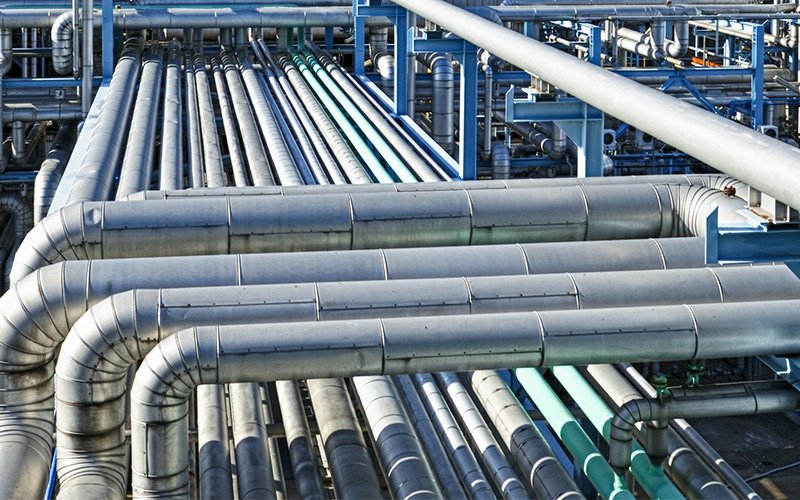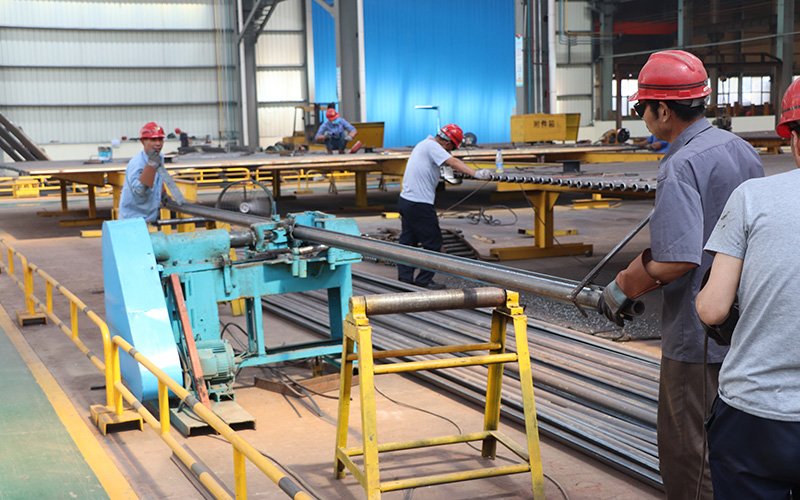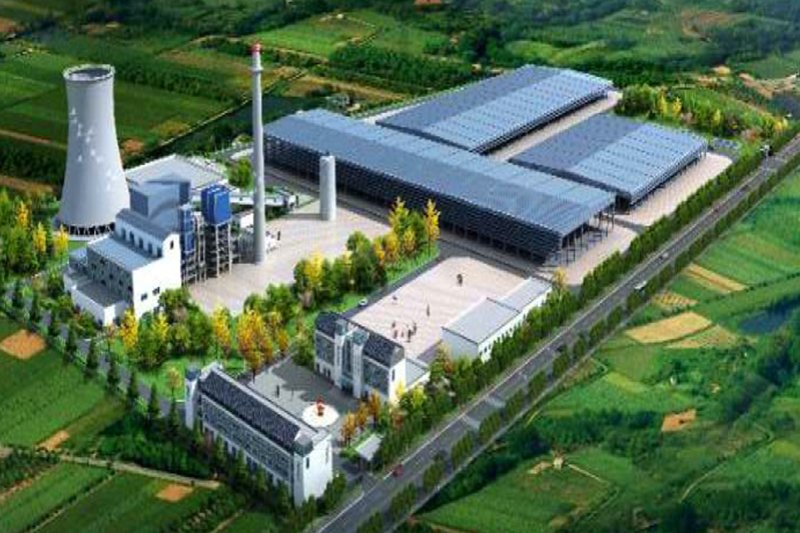As power plants advance, the installation requirements for boiler piping have become more stringent. Ensuring proper installation and thorough inspection of boiler piping is crucial to prevent safety issues caused by poor installation quality. This article discusses the preparation work before installation and methods to improve the installation quality of power plant boiler piping.

Preparation Work Before Installing Boiler Piping
Planning and Designing Installation Drawings
Before starting the installation of boiler piping in a power plant, it is essential to design detailed installation and construction drawings. These drawings should be reviewed to ensure the rationality of the piping layout and installation methods. The design should prevent any interference between pipes and equipment, ensuring that the installation process is smooth and efficient.
Preparing Construction Materials
Before installation, it is crucial to prepare all necessary construction materials according to the installation drawings. This includes conducting a site survey to understand the environment and ensure that the materials meet the required specifications. The quality of the piping and connectors must be verified, and all materials should have proper quality inspection reports and certificates to ensure they meet the construction standards.
Specific Methods for Installing Boiler Piping
Pipe Arrangement and Support Installation
Pipe arrangement is a critical part of boiler piping installation. Using appropriate pipe supports can significantly improve the quality of pipe connections and prevent issues like pipe joint cracking due to temperature changes. Before installation, expansion compensation should be properly handled at the pipe joints to ensure uniformity and neatness in the installation, making future maintenance easier.
Pipe Welding
Pipe welding is a complex process that includes several key steps:
- Welding Technique: Due to the high technical requirements, the welding process must be carefully planned and managed. The welding parameters, such as heat treatment temperatures and process parameters, should be meticulously controlled to ensure a high-quality weld.
- Groove Processing: Techniques like plasma arc cutting and oxy-acetylene cutting should be used for groove processing. Ensuring a clean and precise groove is essential to avoid welding defects.
- Positioning: Accurate positioning of the pipe ends is crucial. Any misalignment can lead to welding defects such as weld spatter or concavity, affecting the overall quality of the boiler piping.
Inspection Measures for Boiler Piping Installation
Self-Inspection Before Hydrostatic Testing
After completing the installation, a self-inspection should be conducted to check the completeness of the technical installation data and the quality of components like heat exchangers, hangers, valves, and boiler frames. This ensures that the boiler system is ready for a trial run and that all components are in good condition.
Pressure Vessel Self-Inspection
Pressure vessel inspection includes checking the pressure and tightness of the boiler piping. Inspectors should verify the quality of the pressure vessels, ensuring they meet the required standards and specifications. Any defects found during the inspection should be addressed promptly to maintain the system’s integrity.
Quality Inspection of Pressure Vessels and Piping
Quality inspections should focus on several aspects:
- Regulatory Compliance: Ensure that quality management personnel are qualified and that construction workers have the necessary certifications and experience.
- Material Specifications: Verify that the materials used meet the required specifications and standards. Proper documentation and quality inspection reports should be available for all materials.
- Installation Quality: Check the installation quality of the pressure vessels and piping, ensuring there are no defects that could compromise the system’s safety and functionality.

Common Quality Issues and Solutions in Boiler Piping Installation
Issues with Heating Surfaces
Heating surfaces are prone to problems due to residues inside the pipes, leading to blockages and reduced heat transfer efficiency. To prevent this, internal cleaning and acid washing of the pipes should be conducted before installation to remove any debris.
Steel Frame Installation Issues
Steel frames can become deformed if not properly inspected and handled during installation. Ensuring the use of appropriate lifting techniques and tools can prevent deformation and ensure that the frames are installed correctly.
Hydrostatic Testing Issues
Hydrostatic testing helps identify any quality defects in the boiler equipment. Before the test, all installation records and welding documentation should be reviewed to ensure completeness. Temporary structures attached to welded components should be removed to prevent issues during the test.
Methods to Improve Boiler Piping Installation Quality
Detailed Installation Plan
A detailed installation plan should be developed, outlining procedures for pressure testing, smoke and wind pipe installation, and burner installation. Supervisory personnel should ensure that the installation follows the plan, reducing the risk of errors and improving overall quality.
Enhancing Installation Skills
Regular training sessions for installation personnel can improve their skills and ensure they are familiar with the latest installation techniques. This helps maintain high standards of workmanship and reduces the likelihood of installation errors.
Attention to Boiler Commissioning
Before commissioning, it is essential to understand the boiler’s structural characteristics and identify any potential issues. A checklist of components to be tested should be prepared to ensure no aspects are overlooked during commissioning.
Common Inspection Methods for Boiler Piping
Non-Destructive Testing (NDT)
NDT methods such as radiographic testing, ultrasonic testing, and magnetic particle testing are commonly used to inspect boiler piping. These methods help identify defects without damaging the materials.
Hammer Testing
Hammer testing is a simple method to detect defects in boiler metals. By tapping the boiler with a small hammer, inspectors can identify issues based on the sound produced.
Spectrometer Testing
Spectrometer testing helps ensure that the materials used in boiler piping meet the required specifications. This method can detect any material mismatches, ensuring the quality and safety of the boiler system.
Conclusion
In conclusion, the quality of boiler piping installation directly affects the operation of power plants. Ensuring compliance with installation drawings, using appropriate installation methods, and conducting thorough inspections can significantly improve the quality and safety of boiler piping systems.








